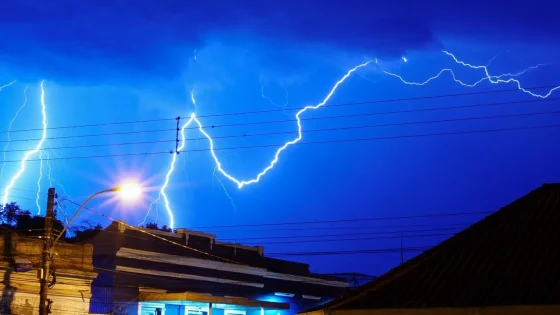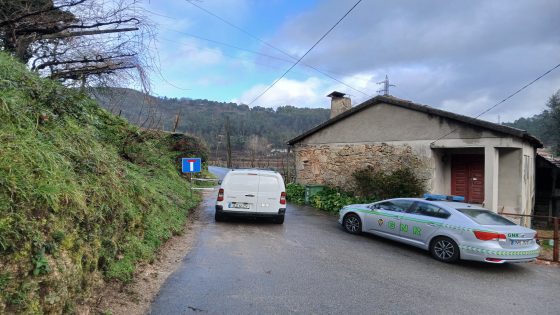Rio Grande do Sul experienced a staggering 105,000 lightning strikes within just 24 hours, from noon yesterday to noon today. This surge in lightning is attributed to severe instability in the region, driven by extreme heat and the approach of a cold front. How does such weather impact local communities and safety?
- 105,000 lightning strikes in 24 hours
- Extreme heat exceeded 40ºC in several cities
- Porto Alegre recorded 39.8°C, historic high
- Most lightning strikes near Lagoa dos Patos
- Top cities for lightning: Bagé and Dom Pedrito
- MetSul Meteorologia offers WhatsApp updates
Understanding the Extreme Weather: Lightning Strikes and High Temperatures
What causes such an explosive increase in lightning strikes? The combination of extreme heat and unstable atmospheric conditions creates perfect conditions for thunderstorms. With temperatures soaring above 40°C, the state was a hotbed for severe weather activity. This situation not only poses risks to life and property but also highlights the growing need for effective weather monitoring and preparedness.
Impact of Extreme Weather on Local Communities and Safety
As Rio Grande do Sul grapples with this weather phenomenon, the implications for local communities are profound. Residents must stay informed and prepared for potential hazards, including power outages and wildfires. The extreme weather serves as a reminder of the importance of weather preparedness in any region facing similar conditions.
Key Factors Contributing to Lightning Strikes in Rio Grande do Sul
Several factors contributed to the unprecedented number of lightning strikes:
- Extreme temperatures exceeding 40°C.
- Formation of highly charged storm clouds.
- Proximity of a cold front enhancing instability.
- Geographical features influencing weather patterns.
Lessons for Weather Preparedness in the U.S.
The lightning strikes in Brazil serve as a critical lesson for the U.S. How can communities prepare for similar weather events? Here are some strategies:
- Stay updated with local weather forecasts.
- Have an emergency plan in place.
- Invest in lightning protection systems for homes.
- Educate communities about lightning safety.
In conclusion, the recent weather events in Rio Grande do Sul underscore the urgent need for awareness and preparedness against extreme weather. As climate patterns shift, understanding these phenomena will be essential for ensuring community safety.































